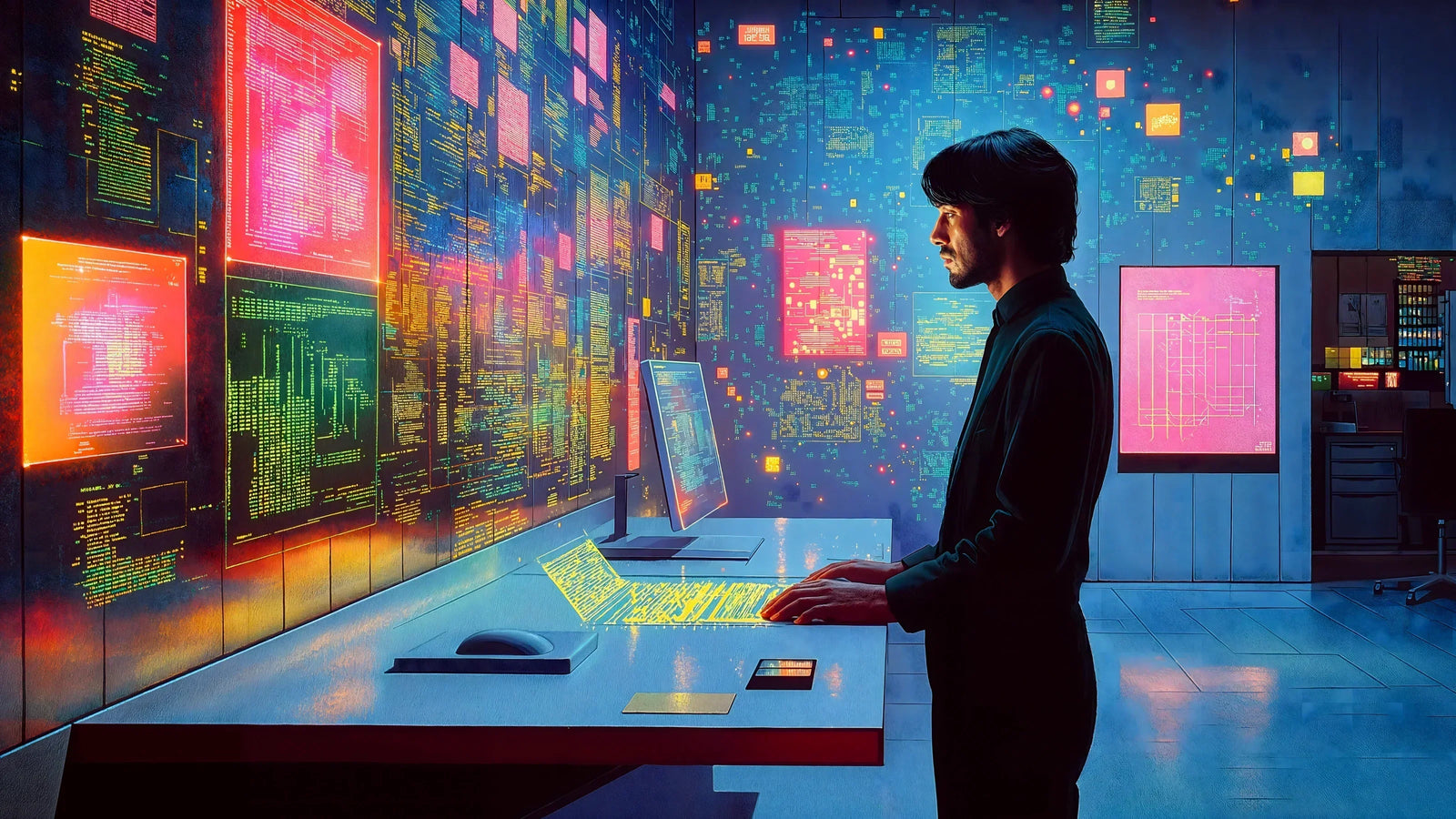

If you ask Sam Altman or Dario Amodei about the future of AI and company building, you'll hear the same thing—the world's first one-person, billion-dollar company could be right around the corner.
That's not hyperbole. That's trajectory.
AI isn't just reducing friction—it's erasing entire categories of it. And when that happens, cost structures, power dynamics, and startup "best practices" start looking like old habits.
Here are five shifts already redefining what a startup looks like in the next 12–18 months.
1. Power is shifting from capital to capability
If one person can start, scale, and sustain a product without raising a dollar, what exactly is a VC bringing to the table?
Bootstrapped founders are already replacing pitch decks with prototypes—and hiring Cursor or Windsurf as their first team member.
When leverage looks like shipping without permission, equity dilution starts to feel optional.
2. Starting solo no longer means starting small
AI cuts the cost of learning, iterating, and failing so deeply that one person can run a dozen experiments for the cost of a single validation sprint.
If you can describe it, you can build v1—and learn faster than most teams ever will.
Facebook once said, "move fast and break things." In 2025, it's "move alone and build everything."
3. The constraint is judgment, not output
Everyone can ship now. That's not the edge.
Curation and taste—once seen as nice-to-haves—are now critical. When anyone can generate 100 variations in 10 seconds, the only moat is knowing which one's worth building.
4. Distribution is the bottleneck—and the moat
People don't follow features. They follow faces, stories, and values. That's why solo founders with strong narratives will outcompete well-funded teams with "better tech."
Build in public. Build with taste. Build with people in mind.
Give it a year, then we'll see
What I've laid out isn't a fringe future. It's a present tense opportunity. The one-person billion-dollar company is coming. Might as well be you.
If you like these articles, you'd love my newsletter, Digital Native.
Get real-world lessons from a decade's worth of digital business know-how, delivered to your inbox every Saturday at 8 AM ET.
Join hundreds of creative founders




























